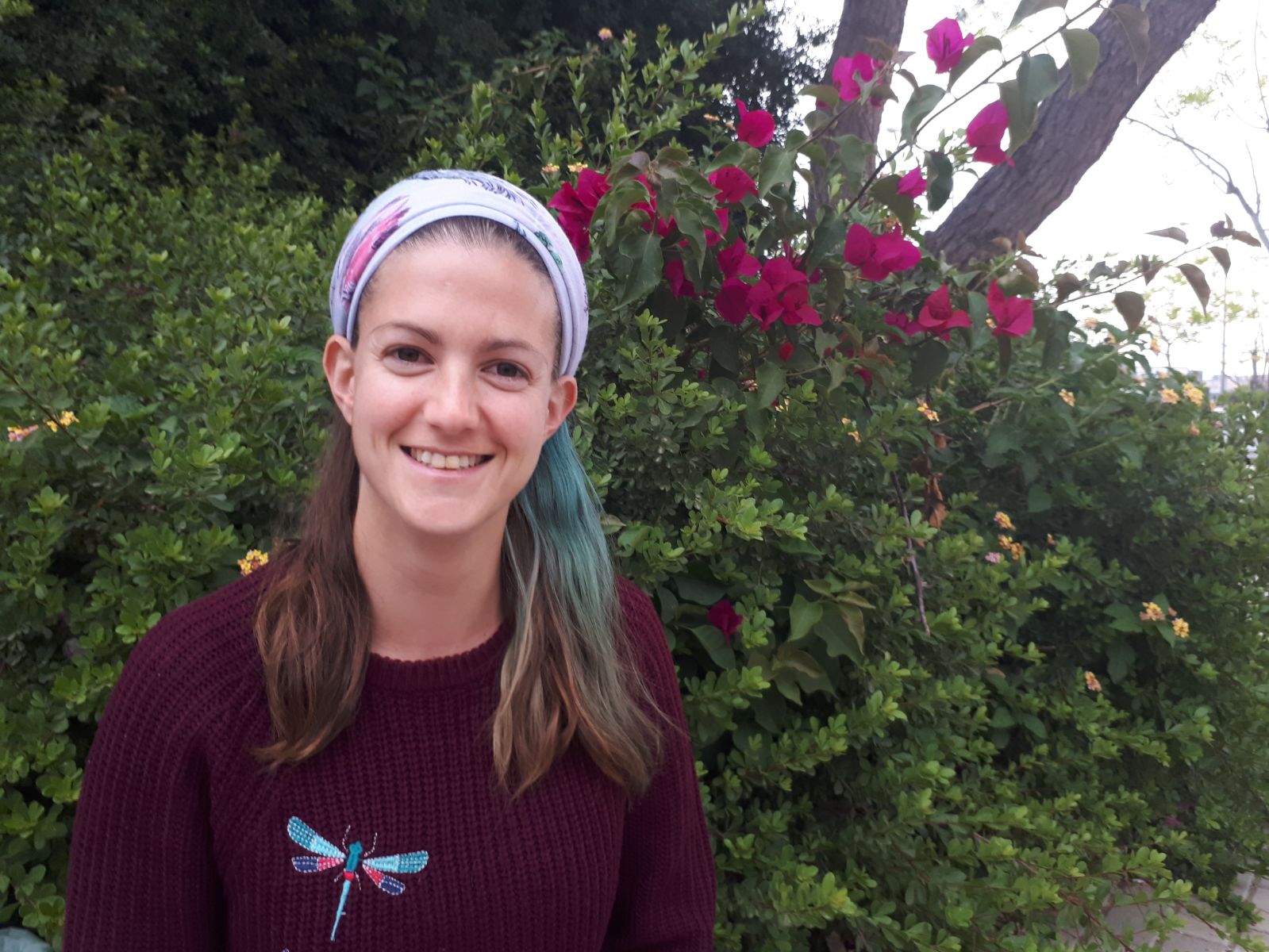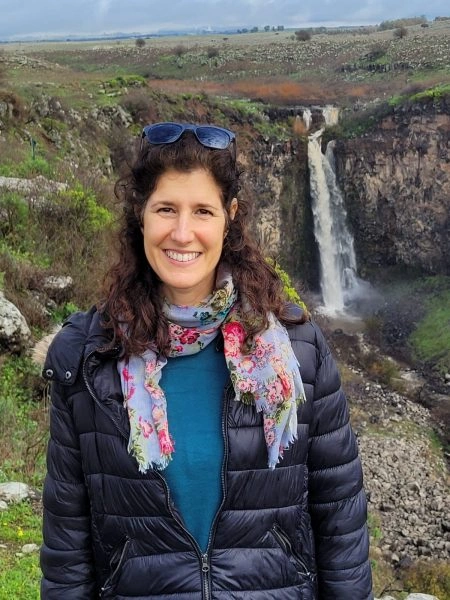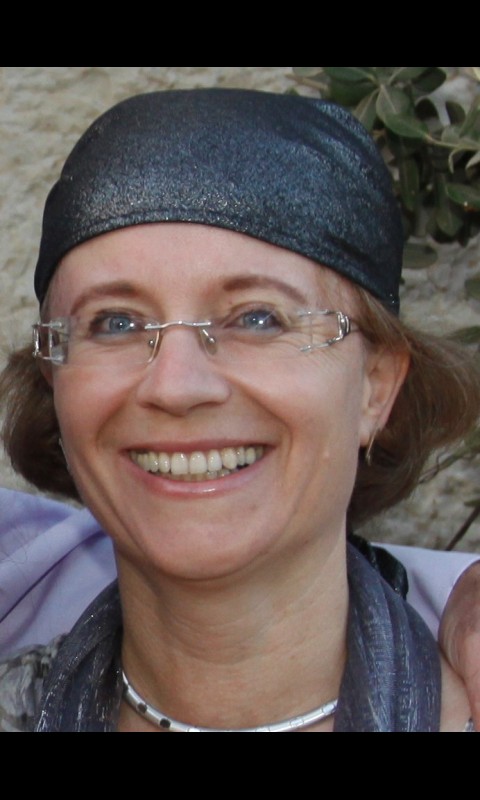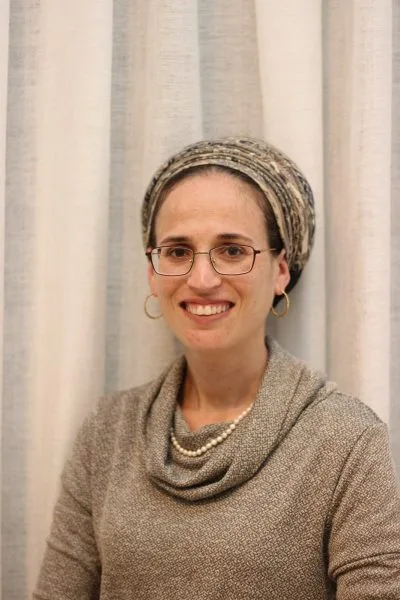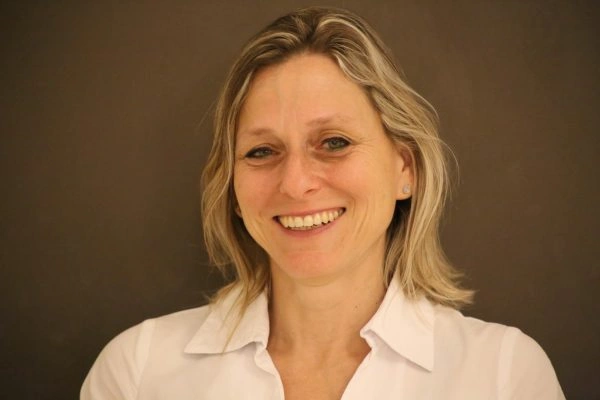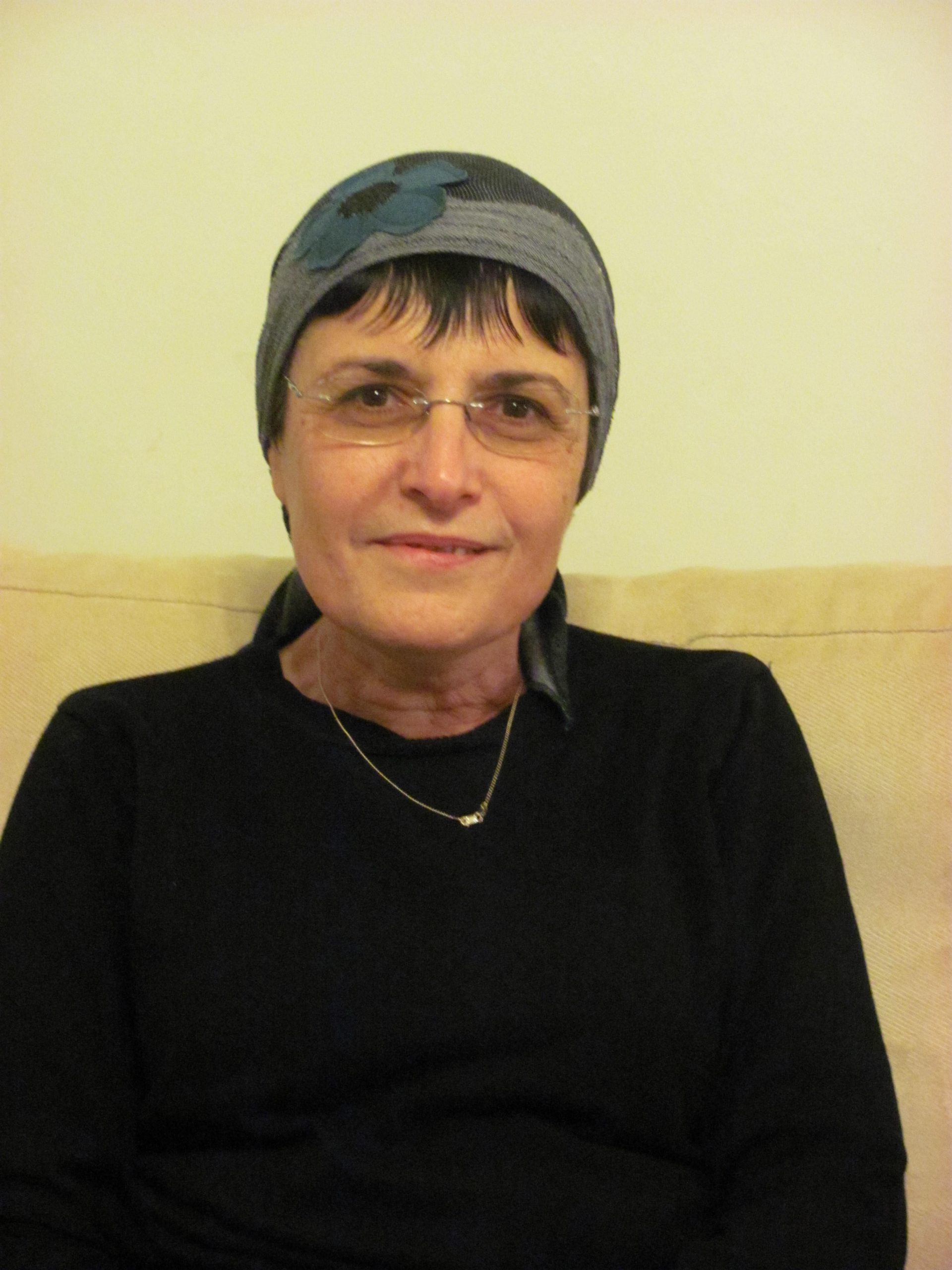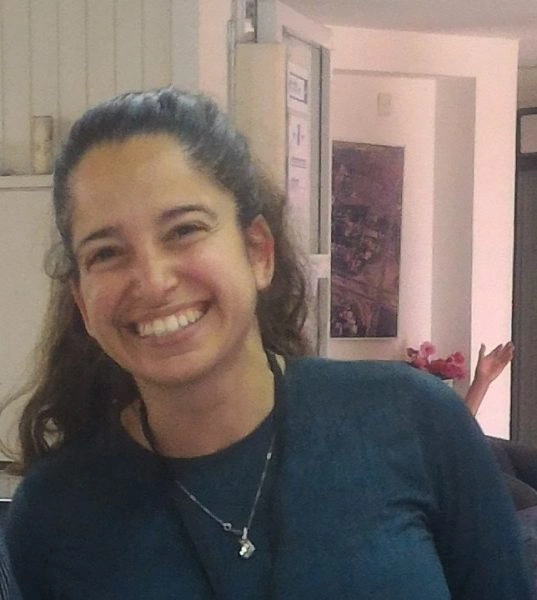שבת צט
וְנִרְאִין קְרָסִין בַּלּוּלָאוֹת כְּכוֹכָבִים בָּרָקִיעַ.
Additionally, the clasps in the loops, which connected the curtains to one another, looked like stars in the sky.
תָּנוּ רַבָּנַן: יְרִיעוֹת הַתַּחְתּוֹנוֹת שֶׁל תְּכֵלֶת וְשֶׁל אַרְגָּמָן וְשֶׁל תּוֹלַעַת שָׁנִי וְשֶׁל שֵׁשׁ, וְעֶלְיוֹנוֹת שֶׁל מַעֲשֵׂה עִזִּים. וּגְדוֹלָה חָכְמָה שֶׁנֶּאֶמְרָה בָּעֶלְיוֹנוֹת יוֹתֵר מִמַּה שֶּׁנֶּאֶמְרָה בְּתַחְתּוֹנוֹת, דְּאִילּוּ בְּתַחְתּוֹנוֹת כְּתִיב: ״וְכׇל אִשָּׁה חַכְמַת לֵב בְּיָדֶיהָ טָווּ״, וְאִילּוּ בְּעֶלְיוֹנוֹת כְּתִיב: ״וְכׇל הַנָּשִׁים אֲשֶׁר נָשָׂא לִבָּן אֹתָנָה בְּחׇכְמָה טָווּ אֶת הָעִזִּים״. וְתַנְיָא מִשּׁוּם רַבִּי נְחֶמְיָה: שָׁטוּף בָּעִזִּים וְטָווּי מִן הָעִזִּים.
Our Sages taught: The bottom curtains in the Tabernacle were made of sky blue wool, and of purple wool, and of scarlet wool, and of fine linen; and the top curtains were made of goat hair, even though that material is considered to be inferior and common. However, the wisdom that was stated with regard to the top curtains was greater than that which was stated with regard to the bottom ones. This is because, with regard to the bottom curtains, it is written: “And every wise-hearted woman spun with her hands, and they brought that which they had spun, the blue, and the purple, the scarlet, and the linen” (Exodus 35:25); while with regard to the top curtains, it is written: “And all of the women whose hearts inspired them with wisdom spun the goats” (Exodus 35:26). The phrase “whose hearts inspired them” suggests a greater degree of wisdom. Apparently, spinning the goat’s hair curtains required greater skill than spinning the various kinds of wool. And on a similar note, it was taught in a baraita in the name of Rabbi Neḥemya: The hair was rinsed on the goats, and it was even spun from the goats, which required a great deal of skill.
שְׁתֵּי גְזוּזְטְרָאוֹת כּוּ׳. אָמַר רַב מִשּׁוּם רַבִּי חִיָּיא: עֲגָלוֹת — תַּחְתֵּיהֶן וּבֵינֵיהֶן וְצִידֵּיהֶן רְשׁוּת הָרַבִּים. אָמַר אַבָּיֵי: בֵּין עֲגָלָה לַעֲגָלָה כִּמְלֹא אֹרֶךְ עֲגָלָה. וְכַמָּה אֹרֶךְ עֲגָלָה — חָמֵשׁ אַמּוֹת. לְמָה לִי? בְּאַרְבַּע וּפַלְגָא סַגִּי! כִּי הֵיכִי דְּלָא לִידַּחְקוּ קְרָשִׁים.
We learned in the mishna with regard to two balconies. Rav said in the name of Rabbi Ḥiyya: With regard to the wagons on which the beams of the Tabernacle were transported, the areas beneath them, and between them, and to their sides are considered to be the public domain. Abaye said: The space between one wagon and the wagon alongside it equaled the full length of a wagon. And how much was the length of a wagon? It was five cubits. The Gemara asks: Why do I need the wagon to be five cubits long? Four and a half cubits would suffice whether the beams were arranged in three stacks, each a cubit and a half wide, or four stacks, each one cubit wide. The Gemara answers: You need the wagon to be five cubits long so that space remains between the beams and they will not be pressed against each other.
אָמַר רָבָא: צִידֵּי עֲגָלָה כִּמְלֹא רֹחַב עֲגָלָה. וְכַמָּה רֹחַב עֲגָלָה — שְׁתֵּי אַמּוֹת וּמֶחֱצָה. לְמָה לִי? בְּאַמְּתָא וּפַלְגָא סַגִּיא! כִּי הֵיכִי דְּלָא לִידַדּוּ קְרָשִׁים.
Rava said: The area on the sides of the wagon between the wagon and the wheel and the thickness of the wheel together equaled the full width of the wagon (Tosafot). And how much was the width of the wagon? It was two and a half cubits. The Gemara asks: Why do I need the wagon to be two and a half cubits wide? A cubit and a half would suffice. The Gemara answers: So that the beams would not teeter. Ten-cubit beams on a one-and-a-half-cubit wide surface would be unstable.
אֶלָּא דְּקַיְימָא לַן דֶּרֶךְ רְשׁוּת הָרַבִּים שֵׁשׁ עֶשְׂרֵה אַמָּה, אֲנַן דְּגָמְרִינַן לַהּ מִמִּשְׁכָּן — דְּמִשְׁכָּן חֲמֵיסְרֵי הֲוַאי! אַמְּתָא יַתִּירָא הֲוַאי דַּהֲוָה קָאֵי בֶּן לֵוִי, דְּכִי מִשְׁתַּלְּפִי קְרָשִׁים הֲוָה נָקֵיט לְהוּ.
The Gemara comments: However, with regard to the principle that we maintain that a thoroughfare in the public domain is sixteen cubits wide; we who derive it from the Tabernacle encounter a difficulty: The thoroughfare associated with the Tabernacle was fifteen cubits wide. When two wagons stood side by side, the width of the wagons plus the space between them and the space on their sides totaled fifteen cubits. The Gemara explains: There was an extra cubit where a member of the tribe of Levi stood, to ensure that if the beams fell, he would take hold of them and restore them to their stack. Therefore, the total width was no less than sixteen cubits.
מַתְנִי׳ חוּלְיַת הַבּוֹר וְהַסֶּלַע שֶׁהֵן גְּבוֹהִין עֲשָׂרָה וְרׇחְבָּן אַרְבָּעָה, הַנּוֹטֵל מֵהֶן וְהַנּוֹתֵן עַל גַּבָּן — חַיָּיב, פָּחוֹת מִכֵּן — פָּטוּר.
MISHNA: With regard to the bank surrounding a pit and the boulder that are ten handbreadths high and four handbreadths wide, one who takes an object from them to the public domain and similarly one who places an object from the public domain atop them is liable for carrying from one domain to another. If the height or width of the pit or the boulder is less than that height, ten handbreadths, one is exempt because the legal status of those protrusions is not distinct from that of the surrounding public domain.
גְּמָ׳ לְמָה לִי לְמִיתְנֵי ״חוּלְיַת הַבּוֹר וְהַסֶּלַע״? לִיתְנֵי ״הַבּוֹר וְהַסֶּלַע״! מְסַיַּיע לֵיהּ לְרַבִּי יוֹחָנָן, דְּאָמַר רַבִּי יוֹחָנָן: בּוֹר וְחוּלְיָתָהּ מִצְטָרְפִין לַעֲשָׂרָה. תַּנְיָא נָמֵי הָכִי: בּוֹר בִּרְשׁוּת הָרַבִּים עֲמוּקָּה עֲשָׂרָה וּרְחָבָה אַרְבָּעָה, אֵין מְמַלְּאִין הֵימֶנָּה בְּשַׁבָּת
GEMARA: The Gemara asks: Why do I need to teach in the mishna about the cases of the bank of a pit and a boulder? Let the mishna simply teach about a pit and a boulder. One could derive the halakha with regard to an object that is ten handbreadths high from the case of the boulder, and the halakha with regard to an object that is ten handbreadths deep from the pit. The fact that the mishna taught the case of the bank of a pit supports the opinion of Rabbi Yoḥanan, as Rabbi Yoḥanan said: A pit and its bank join together to constitute the total ten handbreadths. If the distance from the bottom of the pit to the top of its bank is ten handbreadths, it is considered a private domain, even though some of the ten handbreadths are above ground and some are below. That halakha was also taught in the following baraita: With regard to a pit in the public domain that is ten handbreadths deep and four handbreadths wide, one may not fill water from it on Shabbat because the pit itself is a private domain, and carrying water from the pit to the public domain is prohibited
אֶלָּא אִם כֵּן עָשׂוּ לָהּ מְחִיצָה גְּבוֹהָה עֲשָׂרָה טְפָחִים, וְאֵין שׁוֹתִין הֵימֶנָּה בְּשַׁבָּת אֶלָּא אִם כֵּן הִכְנִיס לָהּ רֹאשׁוֹ וְרוּבּוֹ. וּבוֹר וְחוּלְיָתָהּ מִצְטָרְפִין לַעֲשָׂרָה.
unless they constructed a partition around it that is ten handbreadths high. Everything within the partition is then considered a private domain, and one standing within the partition may draw water from the pit. And similarly, one may only drink water from the pit on Shabbat if he inserts his head and most of his body into the well. And a pit and its bank join together to constitute the total of ten handbreadths, as stated by Rabbi Yoḥanan.
בְּעָא מִינֵּיהּ רַב מָרְדֳּכַי מֵרָבָא: עַמּוּד בִּרְשׁוּת הָרַבִּים גָּבוֹהַּ עֲשָׂרָה וְרָחָב אַרְבָּעָה, וְזָרַק וְנָח עַל גַּבָּיו — מַהוּ? מִי אָמְרִינַן: הֲרֵי עֲקִירָה בְּאִיסּוּר, הֲרֵי הַנָּחָה בְּאִיסּוּר. אוֹ דִילְמָא: כֵּיוָן דְּמִמְּקוֹם פְּטוּר קָאָתְיָא — לָא.
Rav Mordekhai raised a dilemma before Rava: In a case where there is a column in the public domain that is ten handbreadths high and four handbreadths wide, and one threw an object and it landed atop the column, what is the ruling? The two sides of the dilemma are: Do we say that the lifting from the public domain was performed in a prohibited manner and the placing in the private domain was performed in a prohibited manner, and therefore one is liable? Or perhaps, we say that since the object comes from an exempt domain, the one who threw the object would not be liable. Prior to landing on the column, the object traveled through the airspace above the public domain. The airspace of a public domain extends ten handbreadths from the ground. Beyond that point the airspace is an exempt domain.
אֲמַר לֵיהּ: מַתְנִיתִין הִיא. אֲתָא שַׁיְילֵיהּ לְרַב יוֹסֵף, אֲמַר לֵיהּ: מַתְנִיתִין הִיא. אֲתָא שַׁיְילֵיהּ לְאַבָּיֵי, אֲמַר לֵיהּ: מַתְנִיתִין הִיא. אֲמַר לְהוּ: כּוּלְּכוּ בְּרוּקָּא דַהֲדָדֵי תָּפִיתוּ.
Rava said to Rav Mordekhai: It is our mishna that states that one who places an object atop a boulder that is more than ten handbreadths high is liable. Rav Mordekhai came and asked Rav Yosef about the same dilemma: Rav Yosef said to him: It is our mishna. Rav Mordekhai came and asked Abaye. He said to him: It is our mishna. Rav Mordekhai said to them: You are all spewing the same spittle. None of you taught anything new. You repeat the same unsatisfactory answer.
אֲמַרוּ לֵיהּ: וְאַתְּ לָא תִּסְבְּרָא? וְהָתְנַן: הַנּוֹטֵל מֵהֶן וְנוֹתֵן עַל גַּבָּן — חַיָּיב! אֲמַר לְהוּ: דִילְמָא מַתְנִיתִין בְּמַחַט.
They said to Rav Mordekhai: And do you not hold this to be correct? Didn’t we learn explicitly in the mishna: One who takes an object from them, and one who places an object atop them is liable? He said to them: Perhaps the mishna is referring to a needle that can be placed atop the column without passing through the exempt area above ten handbreadths, since it is so small and hardly takes up any space.
מַחַט נָמֵי אִי אֶפְשָׁר דְּלָא מִדַּלְיָא פּוּרְתָּא! דְּאִית לֵיהּ מוּרְשָׁא. אִי נָמֵי, דְּרַמְיָא בַּחֲרִיצָה.
They said to him: With regard to a needle, too, it is still impossible that it will not be raised somewhat above the public domain. He answered them: It is possible that the boulder has a protrusion below ten handbreadths from the ground. Since the protrusion is not significant in and of itself, it has the legal status of a hole in the wall of a private domain. One who throws an object into it is liable, just like one who throws into the private domain itself. Alternatively, it is possible that the needle is placed in a groove that is below ten handbreadths from the ground. The needle did not enter the groove from above ten handbreadths. It passed directly into the groove, which is a private domain. Therefore, Rav Mordekhai’s dilemma is not resolved from the mishna.
אָמַר רַב מְיָשָׁא, בָּעֵי רַבִּי יוֹחָנָן: כּוֹתֶל בִּרְשׁוּת הָרַבִּים גָּבוֹהַּ עֲשָׂרָה וְאֵינוֹ רָחָב אַרְבַּע וּמוּקָּף לְכַרְמְלִית וַעֲשָׂאוֹ רְשׁוּת הַיָּחִיד, וְזָרַק וְנָח עַל גַּבָּיו, מַהוּ? מִי אָמְרִינַן כֵּיוָן דְּאֵינוֹ רָחָב אַרְבַּע — מְקוֹם פְּטוּר הוּא, אוֹ דִילְמָא: כֵּיוָן דַּעֲשָׂאוֹ רְשׁוּת הַיָּחִיד — כְּמַאן דְּמַלְיָא דָּמְיָא.
Rav Meyasha said that Rabbi Yoḥanan raised a dilemma: There is a wall in the public domain that is ten handbreadths high and is not quite four handbreadths wide, and it surrounds a karmelit and renders the area that it encloses the private domain. The wall serves as a partition of this private domain. And if one threw an object from the public domain and it landed atop the wall, what is the ruling? Do we say: Since it is not four handbreadths wide it is an exempt domain, and the one who threw the object is exempt? Or perhaps we say that since it rendered the karmelit the private domain, the wall together with the private domain is considered to be filled. Therefore, the object is considered to have landed on an area that is four handbreadths wide, and the one who threw the object is liable.
אָמַר עוּלָּא: קַל וָחוֹמֶר, לַאֲחֵרִים עוֹשֶׂה מְחִיצָה, לְעַצְמוֹ לֹא כׇּל שֶׁכֵּן?! אִיתְּמַר נָמֵי, אָמַר רַבִּי חִיָּיא בַּר אָשֵׁי אָמַר רַב, וְכֵן אָמַר רַבִּי יִצְחָק אָמַר רַבִּי יוֹחָנָן: כּוֹתֶל בִּרְשׁוּת הָרַבִּים גָּבוֹהַּ עֲשָׂרָה וְאֵינוֹ רָחָב אַרְבַּע וּמוּקָּף לְכַרְמְלִית וַעֲשָׂאוֹ רְשׁוּת הַיָּחִיד, וְזָרַק וְנָח עַל גַּבָּיו — חַיָּיב. לַאֲחֵרִים עוֹשֶׂה מְחִיצָה, לְעַצְמוֹ לֹא כׇּל שֶׁכֵּן?!
Ulla said: The fact that it is considered a private domain is derived by means of an a fortiori inference: If this wall creates a partition that renders other areas surrounded by the wall a private domain, all the more so does it render itself a private domain. It was also stated that Rabbi Ḥiyya bar Ashi said that Rav said, and so too, Rabbi Yitzḥak said that Rabbi Yoḥanan said: With regard to a wall in the public domain that is ten handbreadths high and is not quite four handbreadths wide, and it surrounds a karmelit and renders the area that it surrounds the private domain, if one threw an object from the public domain and it landed atop the wall, he is liable. If this wall creates a partition that renders other areas a private domain, all the more so does it render itself a private domain.
בָּעֵי רַבִּי יוֹחָנָן בּוֹר תִּשְׁעָה וְעָקַר מִמֶּנָּה חוּלְיָא וְהִשְׁלִימָהּ לַעֲשָׂרָה — מַהוּ? עֲקִירַת חֵפֶץ וַעֲשִׂיַּית מְחִיצָה בַּהֲדֵי הֲדָדֵי (קָאָתוּ), מִיחַיַּיב אוֹ לָא מִיחַיַּיב? וְאִם תִּימְצֵי לוֹמַר כֵּיוָן דְּלָא הָוֵי מְחִיצָה עֲשָׂרָה מֵעִיקָּרָא לָא מִיחַיַּיב: בּוֹר עֲשָׂרָה וְנָתַן לְתוֹכָהּ חוּלְיָא וּמִיעֲטָהּ, מַהוּ? הַנָּחַת חֵפֶץ וְסִילּוּק מְחִיצָה בַּהֲדֵי הֲדָדֵי (קָאָתוּ), מִיחַיַּיב אוֹ לָא מִיחַיַּיב.
Rabbi Yoḥanan raised a dilemma: In a case where there is a pit that is nine handbreadths deep, and one dug out a segment of earth from the bottom of the pit and thereby completed the depth of the pit to ten handbreadths, and then he proceeded to throw the earth into the public domain, what is the ruling? The two sides to the dilemma are: Is it that the lifting of the object and establishment of the ten-handbreadth partition came about simultaneously, and he is liable? Or perhaps he is not liable. And if you say: Since the partition was not ten handbreadths deep initially, he is not liable, then in a case where there is a pit that is ten handbreadths deep, and one placed a segment of earth into the pit and thereby minimized its depth to less than ten handbreadths, nullifying its status as a private domain, what is the ruling? The two sides of the question are: Is it that placement of the object and the elimination of the ten-handbreadth partition came about simultaneously, and he is liable? Or perhaps, he is not liable because the partition was not intact throughout the performance of the action.
תִּיפְשׁוֹט לֵיהּ מִדִּידֵיהּ, דַּתְנַן: הַזּוֹרֵק אַרְבַּע אַמּוֹת בַּכּוֹתֶל, לְמַעְלָה מֵעֲשָׂרָה טְפָחִים — כְּזוֹרֵק בָּאֲוִיר. לְמַטָּה מֵעֲשָׂרָה — כְּזוֹרֵק בָּאָרֶץ, וְהַזּוֹרֵק בָּאָרֶץ אַרְבַּע אַמּוֹת — חַיָּיב. וְהָוֵינַן בַּהּ: וְהָא לָא נָח?
The Gemara suggests: Resolve Rabbi Yoḥanan’s dilemma from his own statement, as we learned in a mishna: With regard to one who throws an object four cubits in the public domain and it hits the wall above ten handbreadths from the ground, which is an exempt domain, it is as if he threw it in the air, and he is exempt. If it was below ten handbreadths from the ground, it is as if he threw it and it landed on the ground, and one who throws an object four cubits and it lands on the ground is liable. And we discussed it: How could he be liable for carrying in that case? The object did not come to rest on the wall and there was no placement.
וְאָמַר רַבִּי יוֹחָנָן: בִּדְבֵילָה שְׁמֵינָה שָׁנִינוּ. וְאַמַּאי? הָא קָא מְמַעֵט מֵאַרְבַּע אַמּוֹת.
And Rabbi Yoḥanan said: It is with regard to the case of a juicy cake of figs that sticks to the wall when thrown against it that we learned in the mishna. The Gemara asks: And why is one liable in that case? When the cake of figs sticks to the wall, it reduces the distance the figs traveled from the measure of four cubits that determines liability. If one threw the cake of figs at a distance of exactly four cubits from the wall, and, based on Rabbi Yoḥanan, the object becomes part of the wall, the distance that the cake of figs traveled is slightly less than four cubits, and therefore he should be exempt. Since Rabbi Yoḥanan did not take this into account, apparently, in his opinion, when the placement of the object and the elimination of the partition are simultaneous, one is liable.
הָתָם לָא מְבַטֵּל לַהּ. הָכָא — מְבַטֵּל לַהּ.
The Gemara rejects this and says: The cases are not similar because there, in the case of the cake of figs, the one who threw it does not nullify its independent existence vis-à-vis the wall, as the food will eventually be removed from the wall. Here, in the case of the dirt in the pit, one nullifies its independent existence vis-à-vis the pit, and it eliminates the ten-handbreadth partition.
בָּעֵי רָבָא: זָרַק דַּף וְנָח עַל גַּבֵּי יְתֵידוֹת, מַהוּ? מַאי קָמִיבַּעְיָא לֵיהּ — הַנָּחַת חֵפֶץ וַעֲשִׂיַּית מְחִיצָה בַּהֲדֵי הֲדָדֵי (קָאָתוּ)? הַיְינוּ דְּרַבִּי יוֹחָנָן!
Rava raised a similar dilemma: In a case where one threw a board and it landed on top of stakes that are ten handbreadths high but not four handbreadths wide, what is the ruling? Once the board lands, the surface is ten handbreadths high and four handbreadths wide. The Gemara asks: What is his dilemma? Does his dilemma pertain to the ruling in a case where the placement of the object and the establishment of the partition came about simultaneously? That is precisely the dilemma raised by Rabbi Yoḥanan.
כִּי קָמִיבַּעְיָא לֵיהּ לְרָבָא כְּגוֹן דְּזָרַק דַּף וְחֵפֶץ עַל גַּבָּיו, מַאי? כֵּיוָן דְּבַהֲדֵי הֲדָדֵי קָאָתוּ כְּהַנָּחַת חֵפֶץ וַעֲשִׂיַּית מְחִיצָה דָּמֵי, אוֹ דִילְמָא: כֵּיוָן דְּלָא אֶפְשָׁר דְּלָא מִידְּלֵי פּוּרְתָּא וַהֲדַר נָיַיח, כַּעֲשִׂיַּית מְחִיצָה וְהַנָּחַת חֵפֶץ דָּמֵי. תֵּיקוּ.
The Gemara answers: The case where Rava raised a dilemma is more complex. His dilemma is with regard to a case where one threw a board and there was an object resting atop the board. In that case, what is the ruling? The two sides of the dilemma are: Since the board and the object come simultaneously, the legal status is similar to a case where the placement of the object and the establishment of the partition came about simultaneously. The object and the board are a single unit that creates a partition when it lands, and therefore one is exempt. Or perhaps we say that since it is impossible, when they land, for the object not to rise slightly and then land because the object and the board are not connected, it is like the case where the establishment of the partition was completed and the placement of the object followed, and therefore one is liable. These dilemmas remain, and therefore let it stand unresolved.
אָמַר רָבָא: פְּשִׁיטָא לִי מַיִם עַל גַּבֵּי מַיִם — הַיְינוּ הַנָּחָתָן. אֱגוֹז עַל גַּבֵּי מַיִם —
Rava raised an issue related to the previous dilemmas, and before doing so he sought to clarify certain points. Rava said: It is obvious to me that if one poured water onto water that is its placement, and if one did so from one domain to another he is liable. If one placed a nut onto water,






















